LATVIJA.FM
Latvia’s Historic Watchtowers: Guardians of the Landscape
Scattered across Latvia’s forests, hills, and riverbanks, watchtowers—some ancient, others medieval or even Soviet-era—stand like quiet sentinels of time. Built for defense, observation, and communication, these structures not only helped protect communities from invaders but also shaped the spatial consciousness of Latvia’s rural and urban landscapes. From wooden ramparts on hillforts to stone towers along the Daugava, each one holds a unique story about vigilance, adaptation, and the Latvian bond with nature. Their silhouettes still rise—solemn and enduring—over the trees.
Hillforts and Early Wooden Structures
Long before stone towers adorned the Latvian landscape, ancient tribes built elevated wooden fortifications atop hillforts (pilskalni). These early forms of watchtowers were critical for monitoring movement across rivers and forest paths, offering enough warning to organize defense or retreat. Though none of these wooden structures survive today, archaeologists have found traces of them at sites like Tērvete, Ķēniņkalns, and Mežotne. These watch points were never simply military in function—they were also ceremonial and administrative centers, embodying a tribal chieftain’s control over territory. Their visibility was both practical and symbolic. Surrounded by dense woodland and shallow valleys, a good vantage point could mean the difference between life and loss. As such, watchtowers became not just instruments of safety but emblems of sovereignty. The spiritual and political aura of these ancient sites still lingers where modern paths cross their former heights.
Medieval Stone Towers and Crusader Influence
With the arrival of the Livonian Order and the crusading campaigns of the 13th century, Latvia’s landscape changed. Stone began to replace timber, and military architecture took on the precision and permanence of European fortification standards. Many castles, like those in Cēsis, Koknese, and Aizkraukle, included high watchtowers from which the surrounding terrain could be surveyed. These towers had narrow arrow slits, spiral staircases, and walls thick enough to resist siege engines. They were rarely stand-alone structures; instead, they formed part of an integrated defense system that included ramparts, gates, and bastions. In Cēsis, for example, the castle’s round towers provided not only defensive oversight but a kind of psychological presence, asserting Christian and foreign rule over newly subdued Baltic lands. While much of that architecture now lies in ruin, the vertical ambition of these towers still commands the imagination, drawing visitors and reminding them of Latvia’s medieval turbulence.
Beacon Towers and the Age of Communication
In the 17th and 18th centuries, as military tactics evolved and cannon fire rendered many older fortresses obsolete, Latvia’s towers shifted from defensive structures to instruments of communication. Beacon towers (ugunskuru torņi) were raised in coastal areas or highland ridges to send smoke or fire signals during wartime or emergency. These towers were part of larger regional networks—like chains of signals that could travel across Courland or from the Livonian coast to Riga in a matter of hours. Some of these were basic wooden scaffolds, others more robust constructions of stone or brick. Though most beacon towers have disappeared without a trace, their role in maintaining communication between isolated communities was vital. In an era before telegraphy, these fire-signaling posts were Latvia’s first national alert system. They stood as connectors in a fragmented landscape, stitching together villages with urgency and vigilance.
Soviet-Era Observation Towers
A very different kind of watchtower appeared during the Soviet occupation of Latvia in the 20th century. Metal-framed observation towers were built in forests, border zones, and along coastlines. In rural areas, fire towers were erected to spot wildfires, especially in Latvia’s vast pine forests. Some were manned seasonally, others permanently. Meanwhile, along the Iron Curtain near the western border, heavily militarized watchtowers were erected to monitor crossings and deter escapes. These towers were no longer symbols of local agency but of central authority and control. Although many of these Soviet structures have since rusted into obsolescence or been dismantled, their remains can still be found in places like Slītere National Park or the former borderlands near Liepāja. A few have been repurposed as lookouts for hikers and birdwatchers, transforming instruments of surveillance into platforms for nature appreciation—marking perhaps a small poetic reversal of their original intent.
Watchtowers as Modern Cultural Landmarks
Today, watchtowers in Latvia are no longer strategic necessities, yet they continue to shape how Latvians perceive and interact with their landscape. Many sites, like the Tērvete Nature Park tower or the Slītere lighthouse observation platform, have become popular with visitors seeking expansive views and historical resonance. These towers are not just vantage points—they are interpretive stations, linking people to past eras, ancient threats, and ancestral rituals. In a country where nature and memory are tightly intertwined, watchtowers offer both elevation and reflection. Their presence reminds us that landscapes are never passive—they are watched, remembered, and sometimes protected by the human gaze. As Latvia continues to evolve, these guardians of the landscape remain firm, drawing the eye upward and backward, into the horizon of history.
